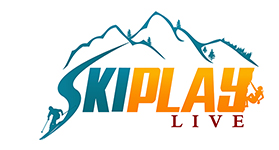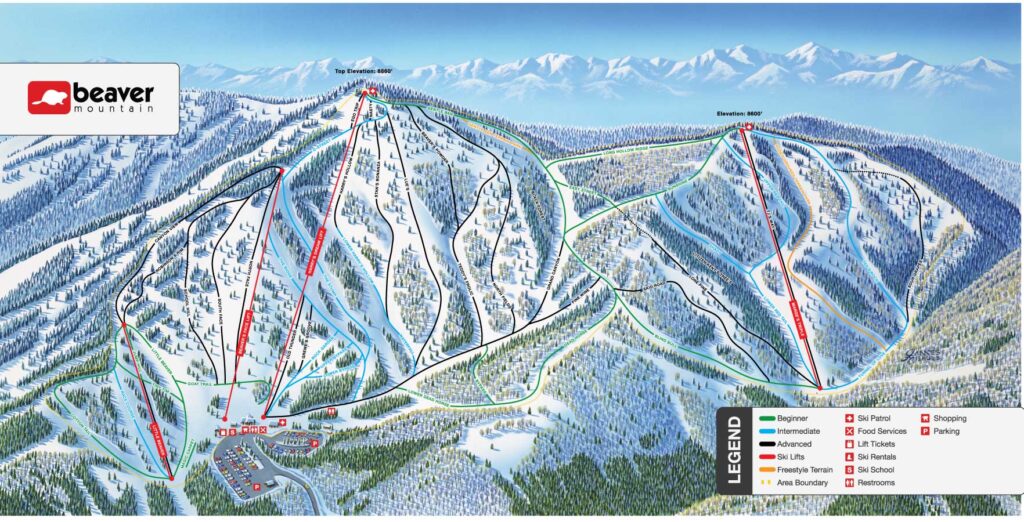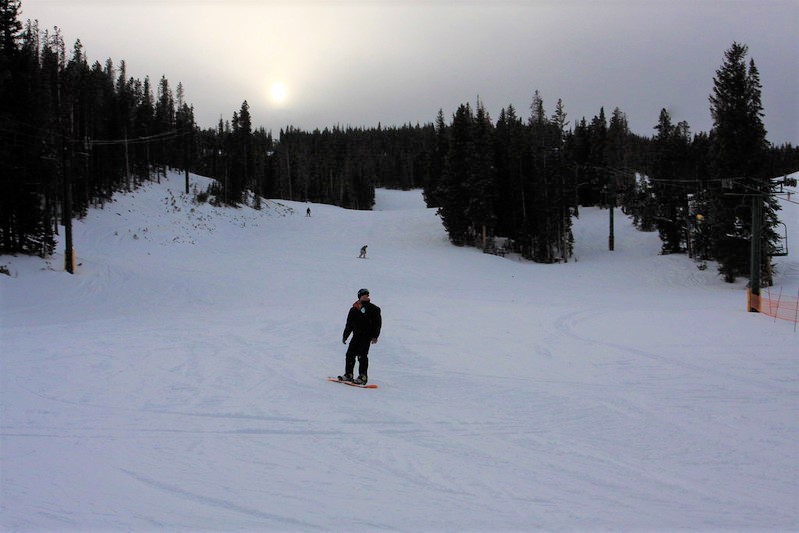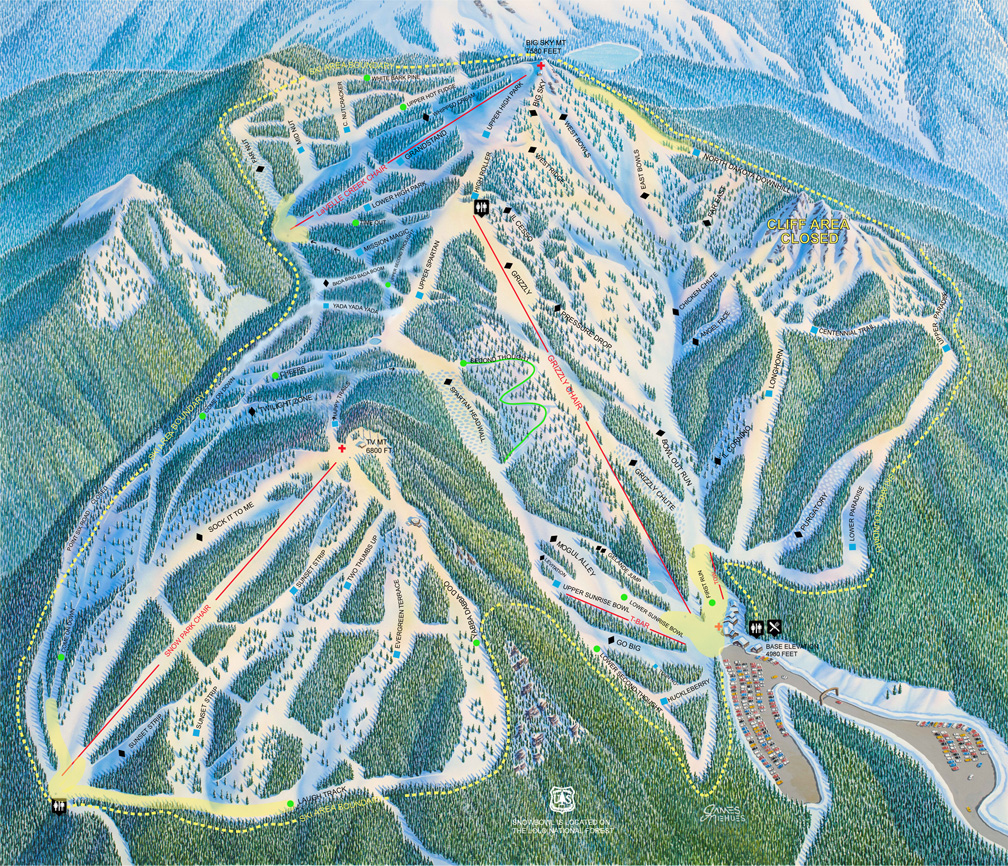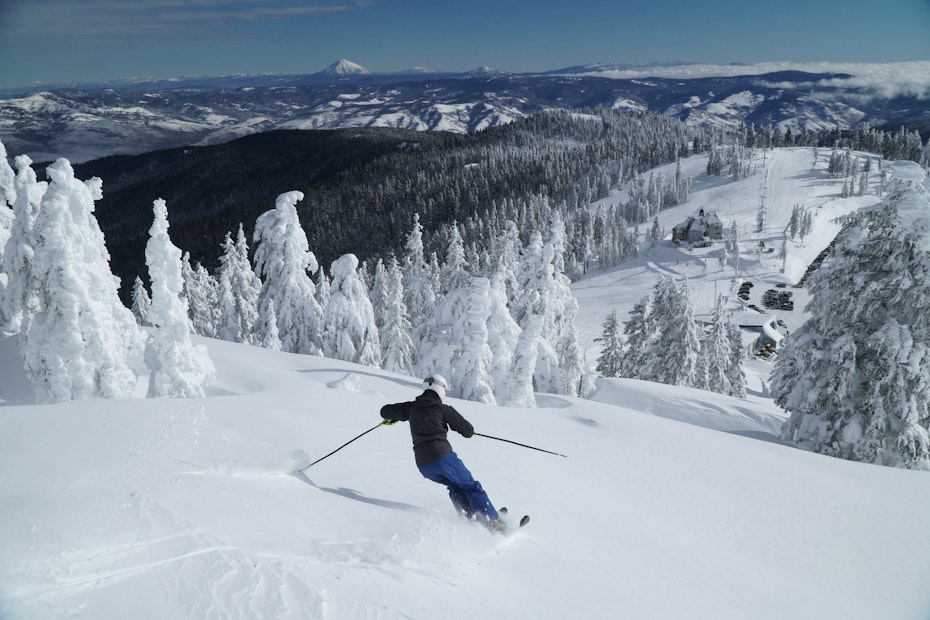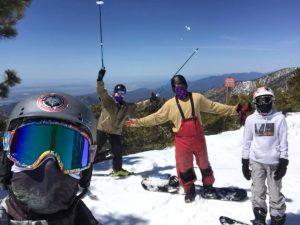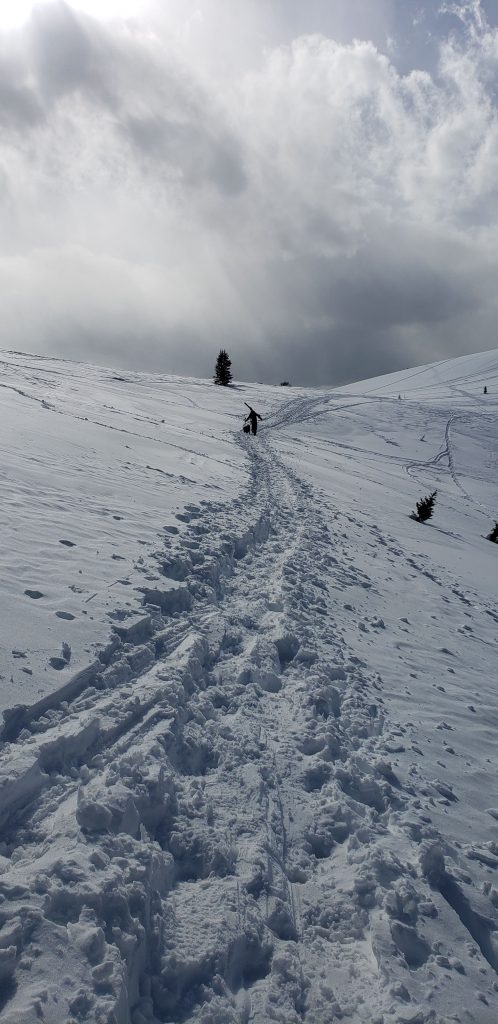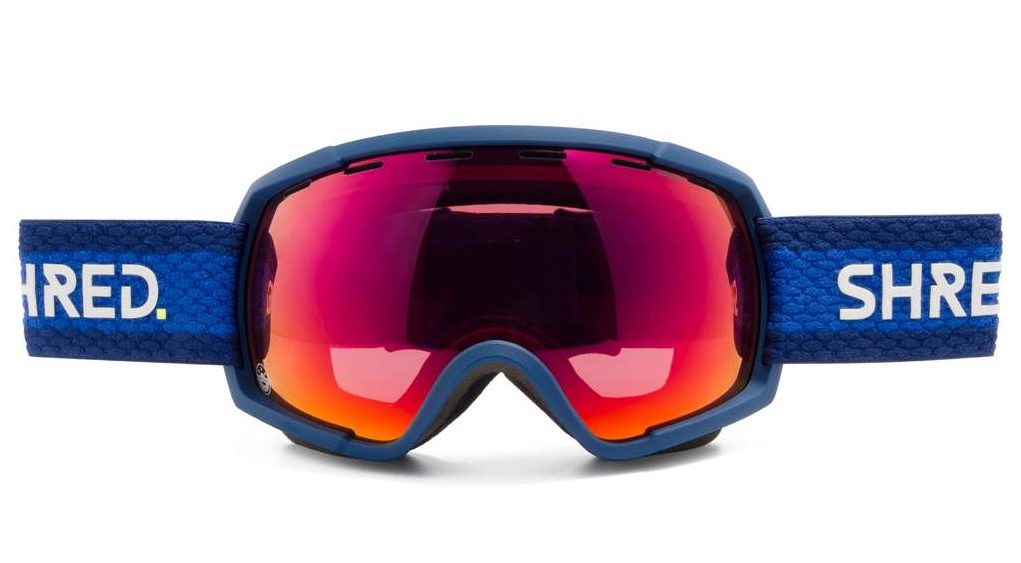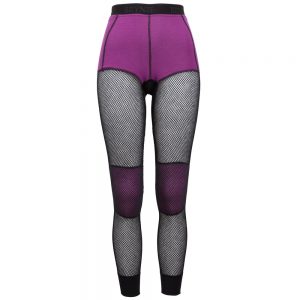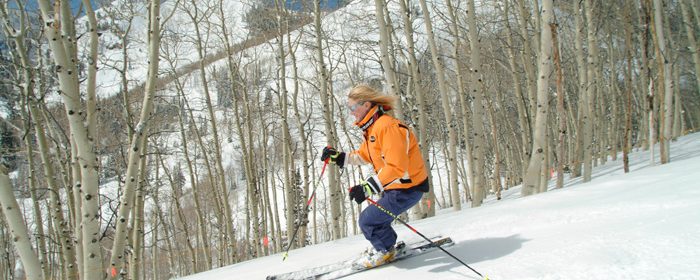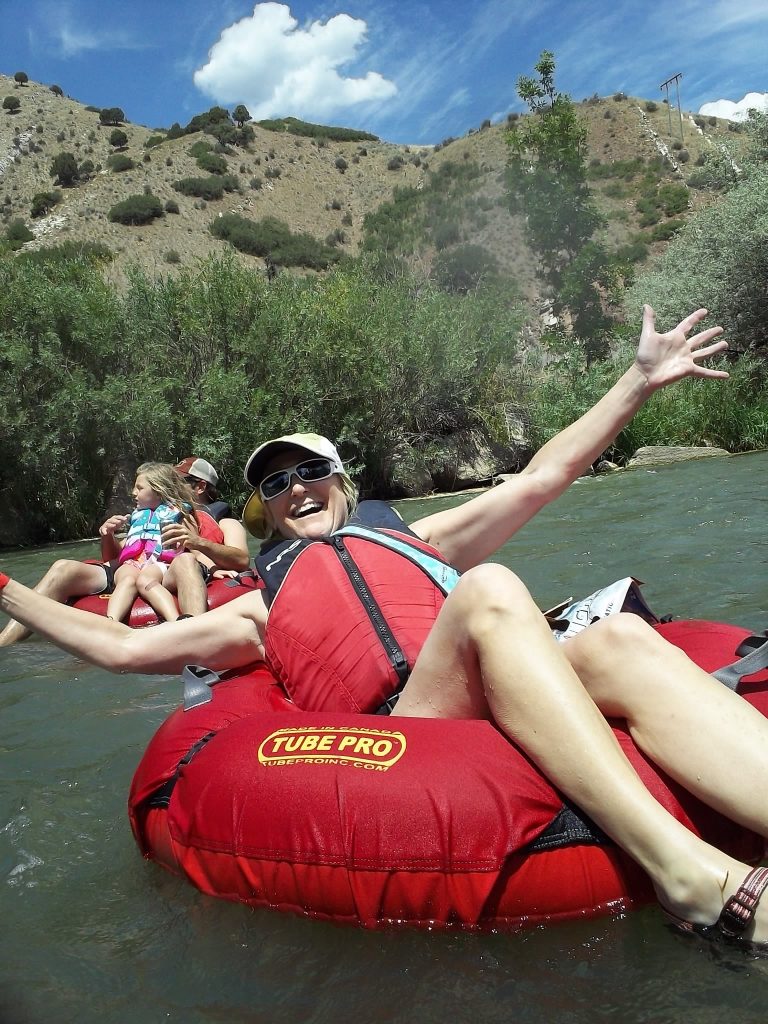The Slippery Slope of Constructive Ski Criticism

Let’s get the introductions out of the way. My name is Jill Adler. I live in Park City, Utah. I taught skiing at Deer Valley for 15 years before moving over to Park City Mountain Resort in 2011. Essentially, I have been teaching for 30 years and have my PSIA level III certification*. I would say the overwhelming majority of my lessons are successful but occasionally we hit a snag with our ski criticism and it almost always has to do with personality rather than the lesson itself; like the Russian ice-skating diva from Florida in 2020 (the first ski season post COVID) who shouted from across the busy bunny hill that I was a terrible instructor. I wouldn’t pick up her five-year-old who wasn’t wearing a mask and her nose was a faucet of snot. I told both of them that I would show her how to get up so she could do it on her own. The woman shouted obscenities at me, saying she didn’t pay a thousand dollars to do it herself. I said calmly and ironically, “Actually, you did. My job is to teach you how to do it yourself.” The lesson ended abruptly with me skiing away and telling her to have a nice day. Disagreement is one thing, verbal abuse is another.
Last season, I skied with a senior couple from New York. They told me they always take one private lesson at the beginning of each vacation. Despite saying they wanted to improve their technique, they had never skied with the same instructor twice. It was obvious after a couple of runs that the other instructors had given up trying to teach them anything and were tour guides instead. You go with the path of least resistance. Both of them could have learned so much if they were vulnerable enough to admit there was room for improvement. The woman fought me with every observation I made; insisting I didn’t know what I was talking about. Her husband, however, not only listened but activated. By the end of our morning together, he was skiing better than she! When he tipped me, the glare she gave him would have slashed his face a hundred times if looks were knives.
Which brings me to this season. I recently had an experience where I was taking a few runs with a friend and she kept complaining that she didn’t have the right skis for the conditions. This was not a lesson; just girls out for a fun afternoon. We had just finished a run off the top of the hill and, to be honest, it’s the best snow on the mountain right now. Normally, I keep my instructor hat off when I’m not in a lesson. I get that no one wants to feel like someone is watching them. But she was so upset at herself and self conscious. She said she had almost “yardsaled (that means crashed and lost all of your gear on the run) eight times.” She was struggling (physically and emotionally) and wanted to leave. She didn’t ask for help but it seemed like a waste to have gotten all the way to the top where it was good only to want to leave. Granted, she had a pair of race skis more suited for icy groomers than moguls, but her main issue was not the skis.
Often people who haven’t had a ski lesson in a while- years perhaps or since they were a kid- forget about certain things they need to do when skiing; like looking ahead instead of at their feet, or pressuring their downhill ski instead of leaning uphill, or, in this case, not using your ski poles in the bumps. She wasn’t my student but when someone isn’t being safe or having fun, I try to offer a pointer for all our sakes. I didn’t want to leave and I didn’t want her ending her day feeling frustrated. When she started using her poles, she instantly found a groove. What was odd, however, was that instead of being thankful, she got defensive and proclaimed again that it was her skis, that she had been skiing since she was 2 so she knew what she was doing, and that her skis are terrible in these conditions. I listened and offered to swap skis so she could repeat the run and regain confidence.
I could tell she was way more comfortable on my skis- AND SHE USED HER POLES. Here’s the rub- I had no trouble making turns in the bumps on her skis. Granted, her skis are much stiffer than mine but if you can steer, bend a ski, plant your poles, etc. you can ski the ones she was on. I told her it wasn’t the ski; it’s stiff but not incapable, but what she heard was, “any good skier can ski any ski”. She felt insulted. I felt awful that I had hurt her feelings. Those weren’t my words. I only wanted to help her to have fun and not feel like she was surviving a run but really skiing it. Not to mention that I would never say a good skier can ski any ski. It’s just not true for a variety of reasons.
I tried to tell her that I see what she can’t. I wasn’t saying she doesn’t know how to ski. It was my way of saying all of us can benefit from an extra set of eyes. Trust me, I’ve eaten my own share of humble pie when skiing in clinics, ripping around with pros or with Rachael Hodson. 😉 I even had one assh*le Park City ski instructor tell me in a training clinic that I couldn’t call myself a professional unless I widen my stance. Not quite the way to effectively communicate feedback but he was Austrian.
Finding the Right Track With Ski Criticsm
Whether you’re a seasoned skier or just making pizzas on the bunny hill for the first time, we’ve all been on the receiving end of someone “just trying to help.” While it might be tempting to blame the skis or dismiss the advice, let’s explore how to gracefully accept constructive feedback and turn those tricky bumps into a smoother ride.
🏔️ Tip #1: Embrace the Learning Curve
Skiing is a dynamic sport that constantly challenges us to improve. Remember, even the most skilled skiers constantly tweak their technique. Embracing the learning curve can make every run an opportunity for growth. When your instructor shares some insights, don’t see it as a negative but as a chance to enhance your skills and make your next run even more awesome.
⛷️ Tip #2: Shift Your Perspective Around Ski Criticism
It’s easy to get defensive when feedback comes our way. We’ve been programmed as kids to tell our parents to eff off when they get on our case but this isn’t that. Instead of seeing pointers as criticism, shift your perspective to view it as valuable guidance. Ski instructors are there to help you enjoy the sport to the fullest. In one day, they can get you to a place in your skiing that might take years to do on your own. Consider their advice as a friendly tip from someone who’s been down the mountain a few times – unlike some unhealthy parenting, they want to help, not hurt.
❄️ Tip #3: Open Communication Channels
If you’re unclear about the feedback, speak up. Ask questions. You can’t pick up what I’m putting down if you’re at a different table. Effective communication ensures that you and your instructor understand each other. Ask for clarification on specific techniques or why certain adjustments are recommended. Understanding the “why” behind the advice can make it easier to implement. Just pay attention to whether you’re asking “why” to challenge authority or to better understand the concepts and exercises. A kid asking why he has to go to bed at 9 is not the same as him asking the teacher to explain a math problem.
🎿 Tip #4: Try Before You Deny
When your instructor suggests a change, give it a go before dismissing it. What’s it going to hurt? Like swapping skis with a friend, sometimes experiencing the difference firsthand is the best way to understand the benefits of a particular movement. Remember, trying new things is what keeps things fresh and evolving.
⛰️ Tip #5: Trust Your Instructor
Ski instructors are trained professionals with a wealth of knowledge and experience (unless your kids have a J1)*. Trust that they have your best interests at heart. It’s not about judging your ability; it’s about elevating your day, week, or life. A little trust can go a long way in transforming your skiing experience.
🌨️ Conclusion: Carving a Path to Improvement
Next time you find yourself on the receiving end of some well-meaning advice from a ski instructor, keep these tips in mind. Embrace the learning process, shift your perspective, communicate openly, give it a try, and most importantly, trust that your instructor is your friend not a narcissistic parent or significant other. We have nothing to gain by making you feel bad. If you listen with an open mind and heart, you’ll be punching through snow with newfound confidence in no time.
*Level I certification is meant to affirm that the instructor is qualified to teach beginner/novice guests, primarily on beginner/novice terrain (typically identified as “green”). Level II certification generally means that the instructor is qualified to teach through the intermediate zone, in which students are primarily on intermediate (blue) and some green terrain. Level III certification generally means that the instructor is qualified to teach ALL students and on expert (black) terrain.
*J1 is a foreign worker on a student visa brought in to fill jobs at a US ski resort. J1s usually have no experience so they work with kids’ group lessons.
